
Get Instant Solution By an Expert Advisor
(4.8)
A RoHS Compliance Certificate is important for businesses that wants to meet global environmental and safety standards. It ensure that your products are free from restricted hazardous substances, such as lead, mercury, and cadmium, in compliance with the Restriction of Hazardous Substances Directive. This certification not only ensures regulatory adherence but also boosts your product's marketability, particularly in regions with strict environmental laws.

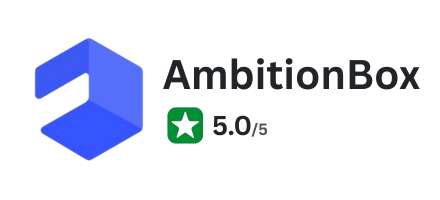
10000 +
Projects Completed for Our Respected Clients.
15 +
Years Experienced Advisors in Indian Compliance.
98.9%
Project Delivery Ratio for Our Valuable Clients.
99.9%
Satisfied Customers All Over India.
RoHS stands for Restriction of Hazardous Substances. It restricts the usage of certain harmful substances used in electrical and electronic equipment. In India, there is a great demand for electronic products that use hazardous substances which harm the environment and human health.
RoHS Directives were formed to spread awareness among consumers and restrict the use of harmful substances in electrical and electronic equipment. Keeping all the dangerous effects of electronic waste in mind, The Ministry of Environment and Forest, and the Government of India are encouraging the Restriction of Hazardous Substances (RoHS) under E-waste Management.
Agile Regulatory can guide and assist in many ways:
Agile Regulatory works by simplifying the RoHS certification process by reducing complexity and ensuring documentation accuracy with compliance approvals.
RoHS Compliance is important for manufacturers, importers, or exporters dealing in electrical and electronic equipment as:
Many industries are impacted by ROHS Compliance, such as:
Many harmful substances are restricted and their allowable limits as defined under RoHS guidelines are as follows:
To obtain RoHS Compliance, the following documents are required:
Following are the steps that should be followed to obtain RoHS Compliance:
• Bill of Material (BOM)
• Supplier Declaration
• Product Description
• Risk Assessments
• Test Reports from Accredited Labs
• Manufacturing Process Details
One has to follow the below steps for the Lab testing Process for ROHS:
Step 1: Collect all the representative samples of the product and its components. Separate the product into different materials like plastic, metal, and solder. Ensure the sample is uniform for accurate testing.
Step 2: Identification of RoHS-Regulated Substances should be done along with the restrictions on 10 hazardous substances:
Step 3: There are mainly two methods for RoHS testing:
Screening Tests: It is a fast and cost-effective method but has limited accuracy for phthalates and Cr6+.
Analytical Chemical Tests: It is highly accurate and compliant with RoHS standard, but very time consuming and expensive.
Step 4: Compare measured concentrations with RoHS limits by Preparing a Compliance Report by various:
Step 5: The documentation step is important during the lab testing process. If the reports complies with the RoHS Directive:
If the product fails:
Step 6: Under Ongoing Compliance process:
Agile Regulatory can assist with RoHS compliance documents (including DOC with all other technical documents) in under INR 5,000 (excluding lab test price which is not always required).

Get Instant Solution By an Expert Advisor
(4.8)
ROHS stands for Restriction of Hazardous Substances
RoHS is a Self Declaration Certificate, which is formalized by creating a Declaration of Conformity(DoC)
The RoHS certification is valid as long as it complies with the RoHS Directive.
Countries that require ROHS are China, the European Union, the UK, Oman, the United Arab Emirates, and and Saudi Arabia
With Agile Regulatory you can get RoHS Compliance (DOC with all other technical documents) in under 5,000/- (excluding lab test price).
Proven 4-step Process: Consultation, Documentation, Submission, and Certification.
Startups to large enterprises, we deliver end-to-end solutions business compliance needs.

What our customer says about us
Fantastic support from the team. Their expertise transformed our approach, driving remarkable outcomes. A must-have partner for businesses seeking effective consulting solutions. Highly recommended.

Lavkush Sharma
KTPL Instruments
Agile Regualtory delivers exceptional solutions. Their insightful guidance streamlined our processes and boosted profitability. Highly recommended for businesses seeking expert consulting services to thrive.
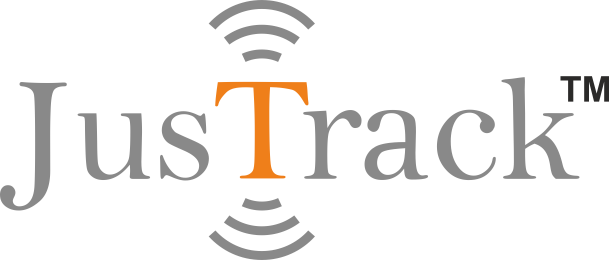
Nitin Mukesh
Justrack IOT
Impressed by Agile Regulatory's expertise. Their strategic insights and practical solutions have elevated our business operations. A reliable partner for effective consulting services. Highly recommended for growth-focused businesses.
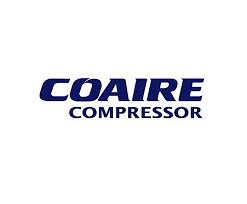
Pradeep Varma
Coaire Compressor
Extraordinary consulting services. Their insightful solutions and dedicated team reshaped our business, driving remarkable improvements. Highly recommend it for transformative results.
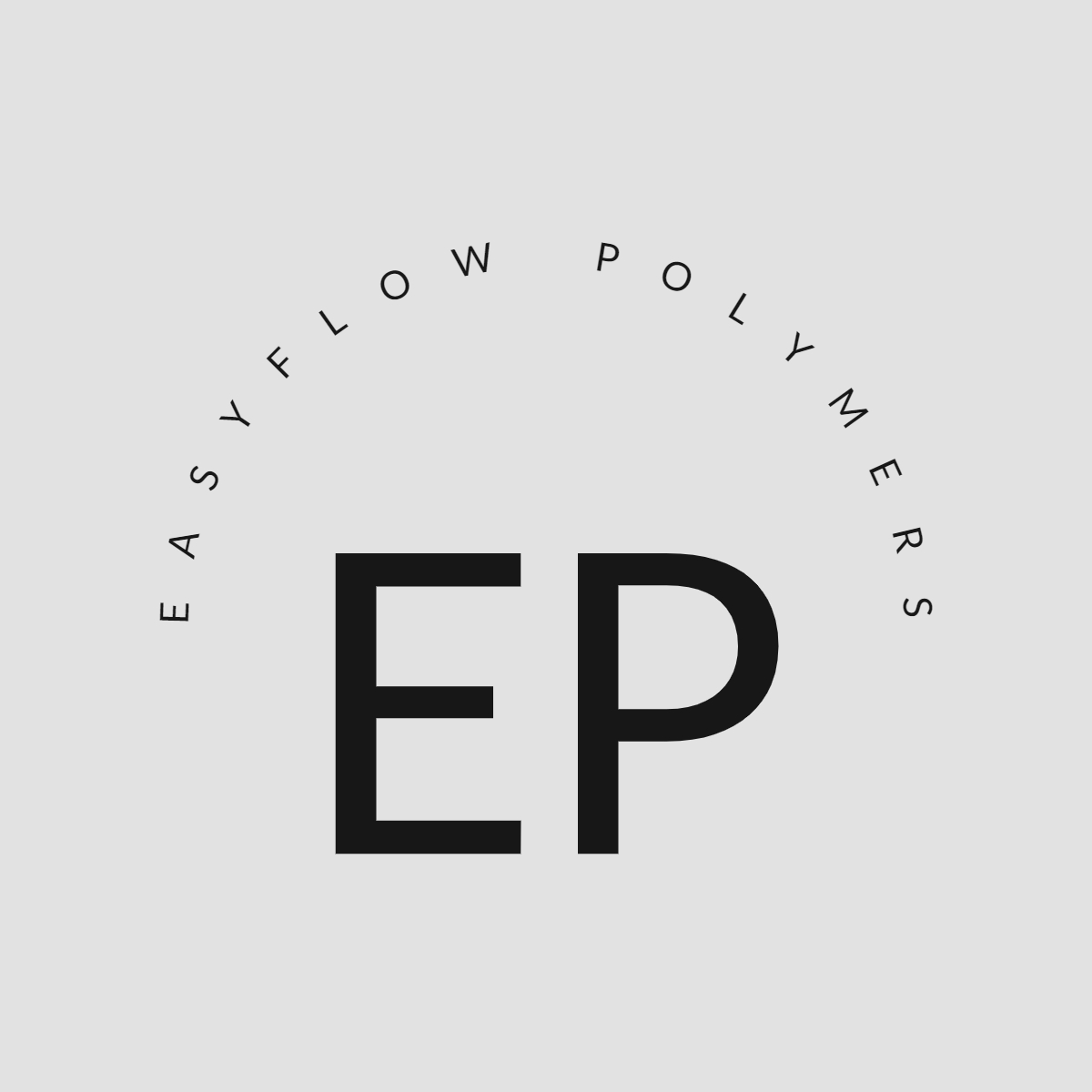
Bharat Bachwani
Easy Polymer
Incredible experience with Agile Regulatory. Their innovative strategies and expert advice revitalized our business model, resulting in impressive growth. Highly recommend their exceptional consulting services.
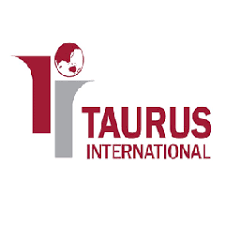
Atul Jain
Tarus International
Top-tier consulting! offered strategic solutions that revolutionized our approach. Their deep expertise and personalized guidance made a significant impact on our success. Highly recommend their services.

Paramjeet Singh
Anchor Weighing
Agile Regulatory exceeded expectations! Their tailored solutions, expertise, and proactive approach led to remarkable results. Highly recommend for businesses seeking impactful and strategic guidance.

Anshul Rathi
AM Capacitor
Outstanding service! delivered targeted solutions with professionalism and expertise. Their insights elevated our business strategies, resulting in noticeable growth. Highly recommended for exceptional consultation.
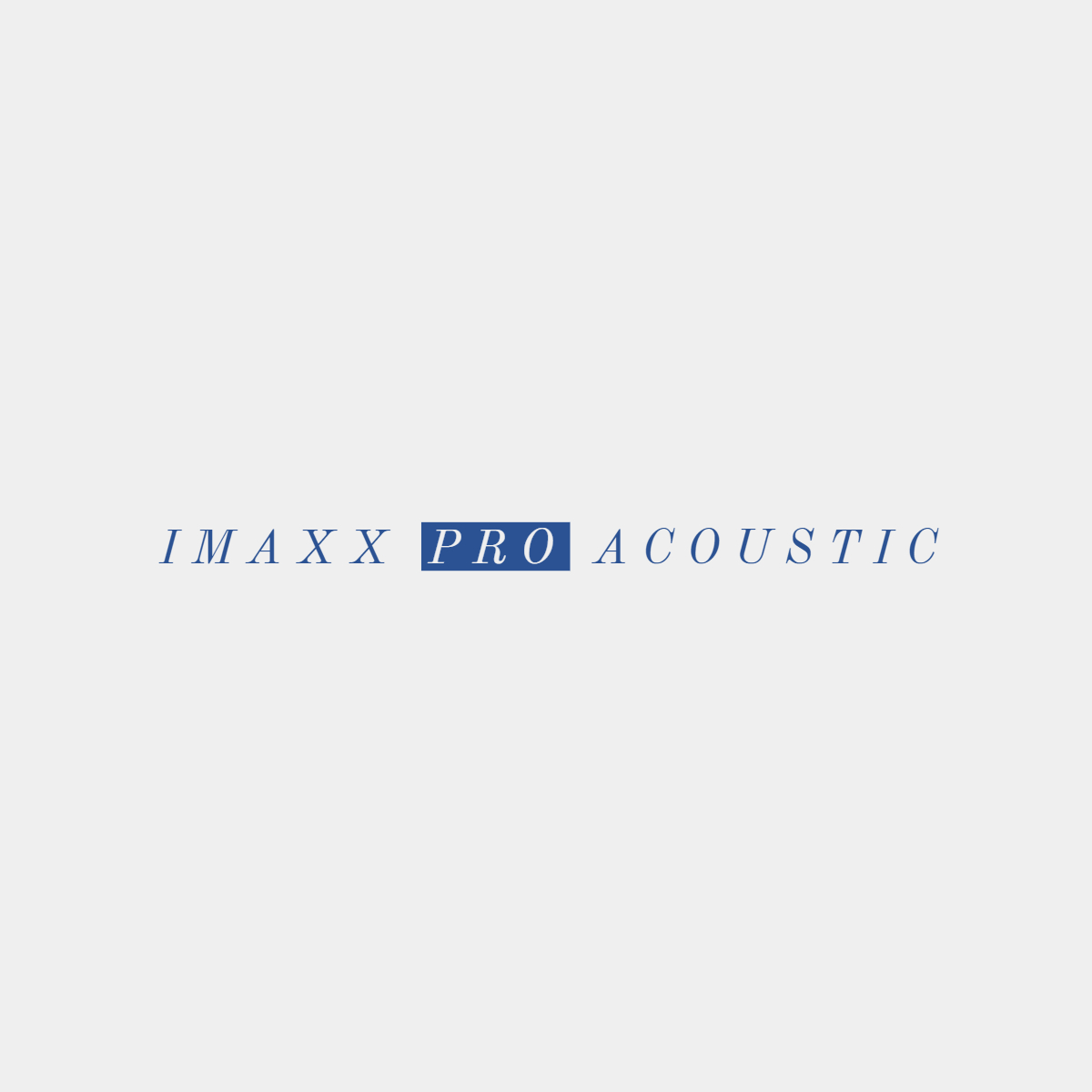
Shekhar Maurya
Imaxx Pro Aquistic